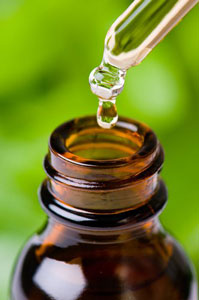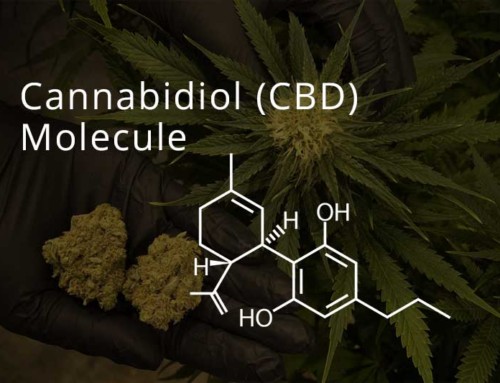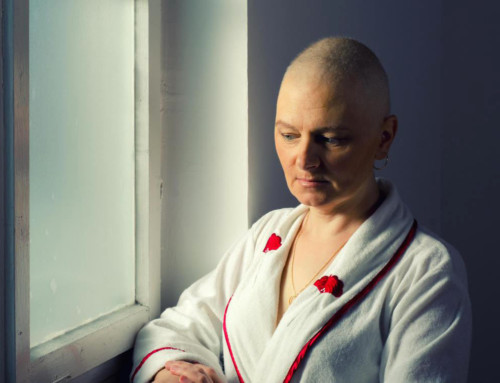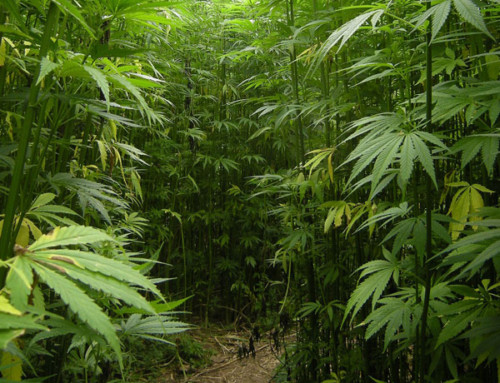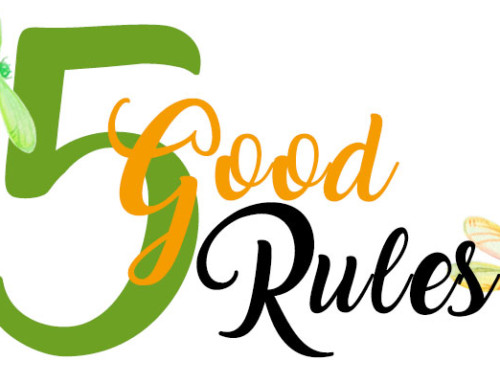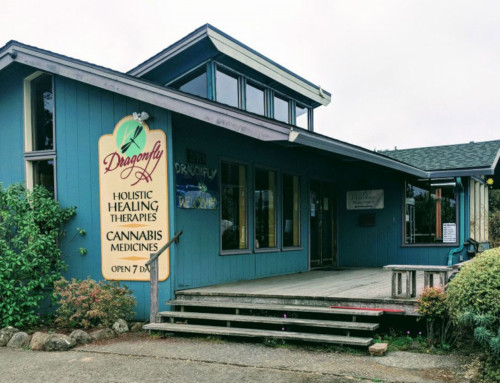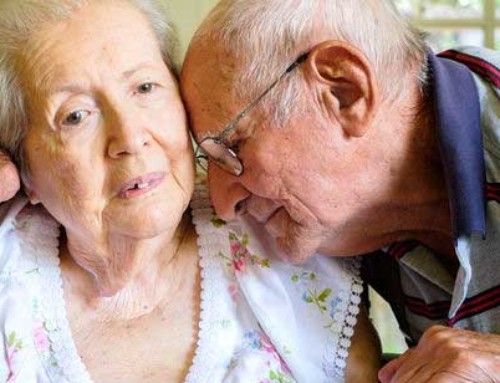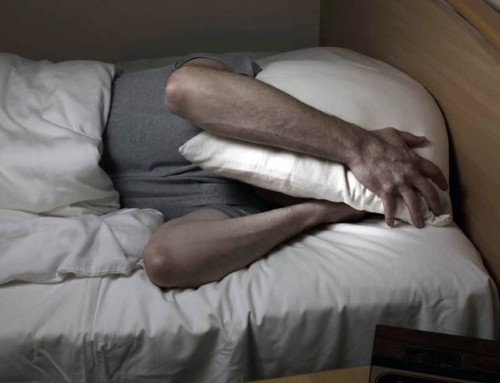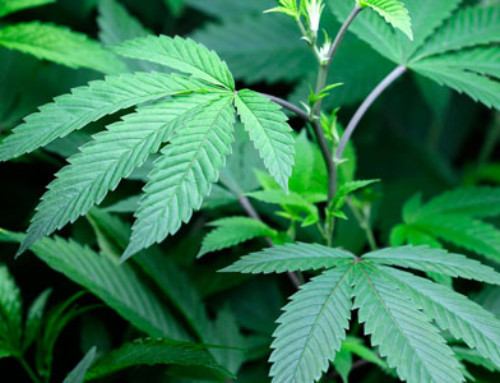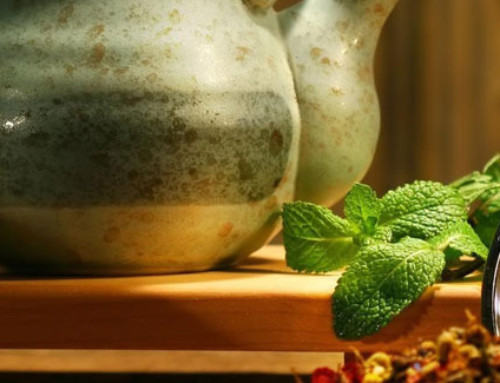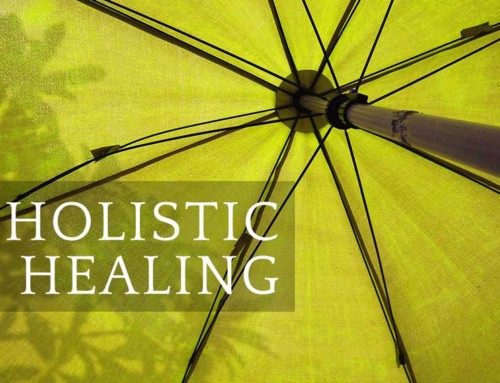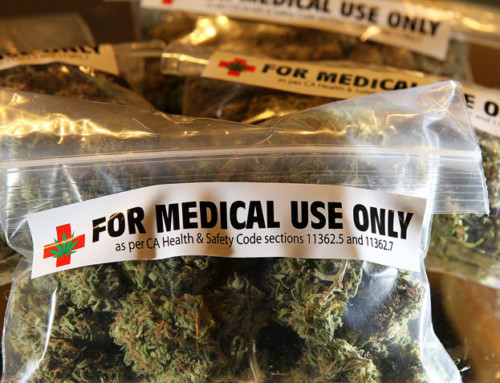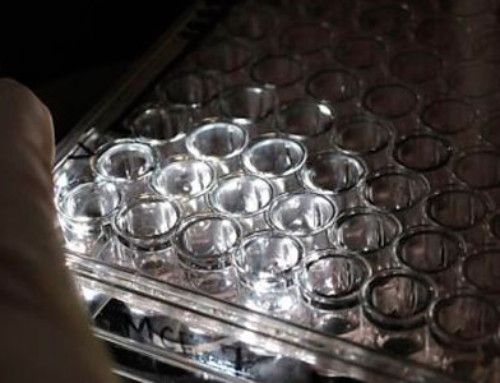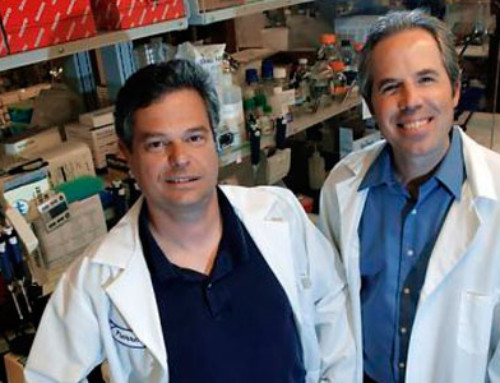Dosing Your Medicine
Part 2
The right dose for you is the one that feels right and produces positive results. To find the right dose, we start with the experience of other patients using cannabis medicines, scientific peer reviewed research, and information from health care providers.
But first, we have to understand the premise of cannabis medicine. Cannabis (medical marijuana) is an ancient herb, with its healing effects recorded over 5,000 years ago. Over 93% of its chemical compounds have no psychotropic effect. Cannabis is simply an herb, not a drug. Herbs are gentle, natural compounds that prompt your body’s own healing processes to address the illness, condition or “dis-ease” you are experiencing.

We are each individual, unique organisms that nonetheless share many traits. But exactly how each of us absorbs and uses herbal medicine is distinctly different. The dose that works for your friend, family member, or neighbor may not be the dose that works best for you.
So if cannabis really affects everyone differently, how on earth do you figure out your dose?
Learning about ratios.
While there are over 100 known cannabinoids in cannabis, currently, “ratios” listed on product packaging refers to the proportion of THC (the main psychoactive compound) relative to CBD (a non-psychoactive anti-inflammatory compound). For example, popular labeling might indicate a “high CBD” medicine as 18:1, meaning 18 parts CBD to one part THC.
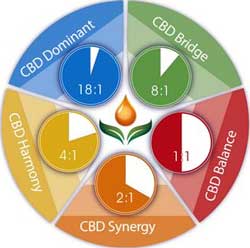
How you consume cannabis is a factor.
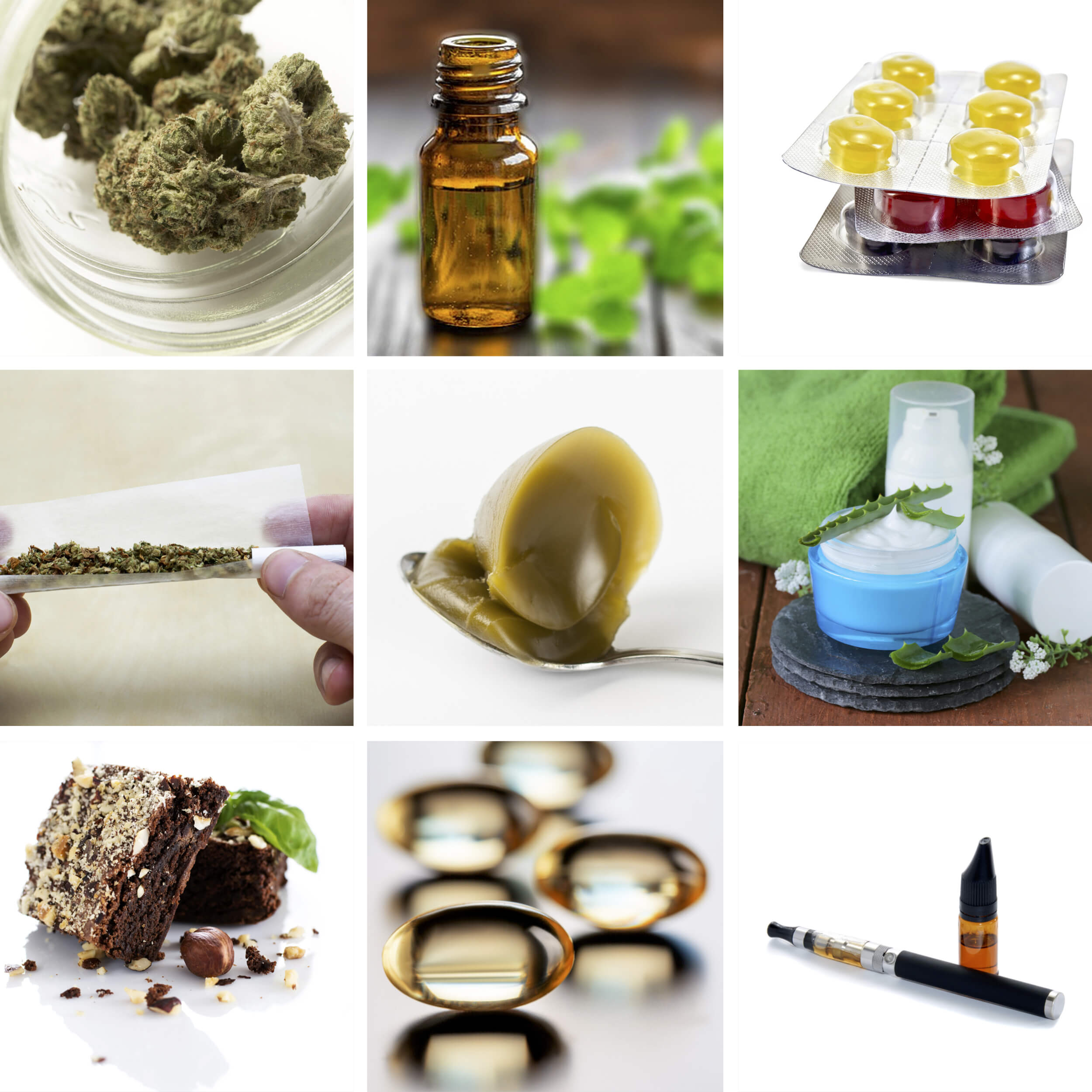
“Delivery system” refers to how you take in your medicine. Smoking used to be the most common way, but it has recently been replaced by a variety of infused products, including edibles/drinks, tinctures, topicals, capsules/pills, and oils. Vaporizing is a new and efficient way to get quick effects (30 seconds) without the harshness of smoke. With tinctures, shake well and then drop ½ to 1 dropper on the tongue, and swish around the mouth before swallowing, thus allowing absorption through the membrane of the mouth and into the bloodstream.
Micro-dosing THC: Its New Role in Cannabis Medicines.
Just as CBD has been the rising star of medicinal cannabis over the past five years, we are all developing a new relationship with the old standby of cannabis lore and tradition: THC. The new watchword is micro-dosing. When taking THC in oil form, for many patients, a micro-dose looks like a small dot on the end of a toothpick – less than one quarter the size of a short grain of rice. Very small amounts of THC produce an analgesic effect, not the psychoactive “get high” feeling the patient gets with higher levels of THC. CBD, in turn, works well with THC to induce a calm, more focused feeling.
Some patients take a balanced ratio of CBD to THC at 1:1 to treat bipolar mood disorder, depression, anxiety, as well as post-traumatic stress disorder, traumatic brain injury, and insomnia. They may take this medicine three to four times per day until they achieve the calming effect they seek. At that point, they may reduce the dose to one or two times per day. They can always increase the dose again, if symptoms return.
What is a small dose and what is a large one?
Cannabis compounds have a biphasic effect. Large and small doses can have opposite effects. What that means, to cite a common example, is that a very “small” dose of THC may have little to no psychoactive effect. Perhaps it will simply result in a relaxed, analgesic feeling – very good for sleep. While a “large” dose could produce high anxiety, anxiousness, increased heartbeat, and an inability to relax or sleep.
With high THC medicine, start with one dose and increase the amount of doses, NOT the size of the dose, as your body builds up a tolerance (“Go low, go slow”) or as you seek to treat a very serious disease like cancer by reaching six doses per day.
Effective Dosing for Cancer.
For cancer, a “one-two punch” of high THC and high CBD can be very effective. THC was discovered in 1963 to kill cancer cells by cutting off their blood supply and causing cell death by suicide. And this works without harming the healthy surrounding cells. CBD potentiates, or increases the effectiveness of THC. At the same time, CBD reduces inflammation. And inflammation has been found to feed the growth of new cancer cells. Thus, the one-two punch of THC and CBD against cancer.
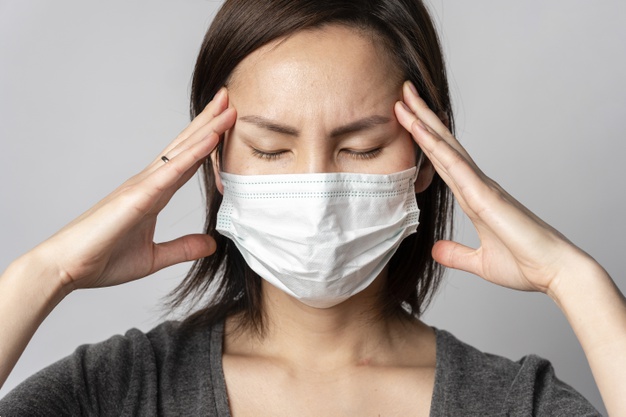
Cancer patients have used a “go low, go slow” protocol, while slowly increasing the number of doses per day, in order to achieve maximum effectiveness in killing cancer cells and tumors. The patient takes micro-doses of high THC oil, starting with one dose about an hour before bedtime. This dose is continued for as long as it takes for the patient to feel comfortable with the effects of the medicine. Every patient is different. A comfort level could be achieved in a few days or a few weeks, or the very next day. If she/he feels “high,” the dose is too large. The only side effect should be a little sleepiness. If the patient feels like they are tolerating the first, bedtime dose fairly well, they go on to a second dose at suppertime.
After adopting to tolerance, a third dose is added mid-afternoon. The same pattern of taking those three doses is implemented, until a comfort level is achieved. Then a fourth dose is added at lunchtime. Same pattern. Then a fifth dose mid-morning. Finally, a 6th dose is introduced on waking up.
At the same time, CBD is added into the mix. The patient takes the non-psychoactive high CBD medicine three to four times per day. As they feel better and better, they can back off to two to three doses per day. Eventually they may decrease to one dose a day for “maintenance”. Remember, we can all benefit from introducing a powerful anti-inflammatory like CBD into our system.
With THC, start low, slowly building up the number of doses, not the size of the dose. With CBD, start high and back off a bit as you feel better and better.
As with all herbal medicines, read the labels and check the laboratory results to guard against nutrient and pesticide chemicals in the raw source materials; avoid “fillers”, artificial or unhealthy sweeteners like corn syrup. Demand that your cannabis medicine be tested. Expect and require it to be pure and potent. The medical cannabis industry is patient-driven. We all must work to raise the standards so that medicinal cannabis can reach its potential as a clean, healing, natural herb.

